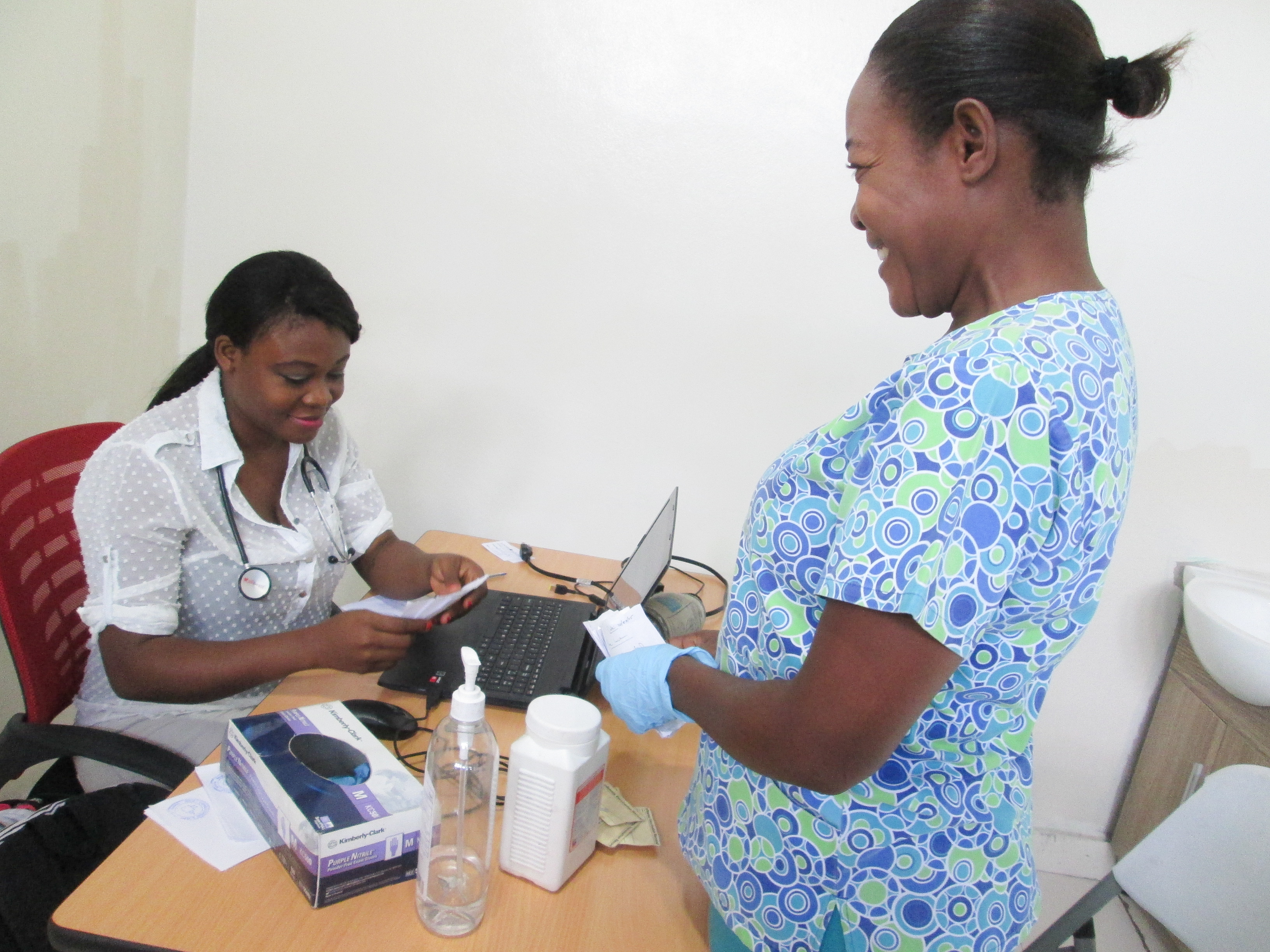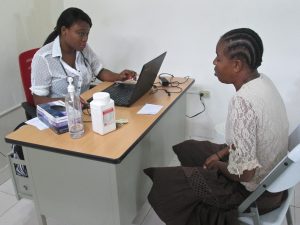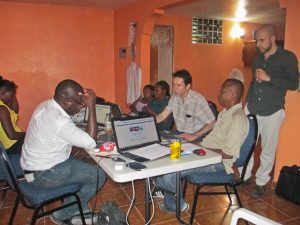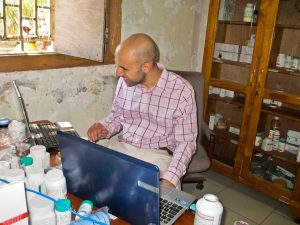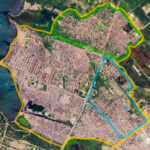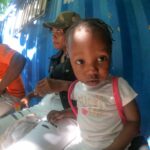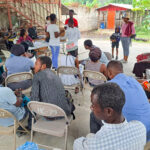The Lamp for Haiti is first and foremost a community organization. Everything that we do is focused on one thing: improving lives in the community that surrounds our health center in Bwa Nèf, Cité Soleil. Cité Soleil is a notorious slum; the needs of the community are many. One might wonder then, Are electronic medical records the best way to spend our energy and our limited resources? EMR systems need computers, appropriate software, uninterrupted electricity, trained personnel, maintenance. Very few clinics in Haiti have EMR systems, Should the Lamp be pushing the envelope in this way?
This article is written to say a resounding “Yes!” to those questions! It has, in fact, been a substantial challenge but the end result is something that has justified all of our efforts. Our current EMR system provides our doctors with unparalleled recording of, and access to, a patient’s medical history. It provides unparalleled efficiency and unparalleled ability to analyze our medical activities. All of these “unparalleled” things mean that we are providing substantially better medical care for our patients, and that was always the main goal. The system also allows much better accountability and reporting so that our administrative tasks are also reduced.
It was not, however, an easy fight. Our initial (two) attempts to use US-based commercial systems were not sustainable. Those systems are extremely complex, demand very substantial resources (even if the software is provided for free!), and include many features that are irrelevant to the needs of a primary health care center.
Our answer, after those two attempts, was to “buy local” — always a good idea in the realm of international work! We opted to customize an open-source EMR, called OpenMRS, that had been developed initially in Haiti by the aggressively progressive Partners in Health, and then rebuilt at MIT. Nick Sahagian, a remarkable young medical student, took this shell and customized it for our clinic. We began to use it immediately. That was in 2013. Now the final piece of the puzzle has fallen into place. We have found, and hired on contract, an excellent Haitian IT programmer, Rony Charles. Amazingly enough, Rony has extensive experience with OpenMRS itself. He is, as we speak, adding new modules to the system and making it even more robust. With Rony available for maintenance and upgrades, we can be confident that our system will always be up-to-date and fully functional. Our EMR system is here to stay.
Like many other things at the Lamp, the move to integrate an electronic medical records system was a risk. Perseverance was our main weapon and this case perseverance won the day.
The real winners? The people of Cité Soleil.
The next innovation? A fully solar-powered clinic.
Will it pay off? We will have to wait and see…

